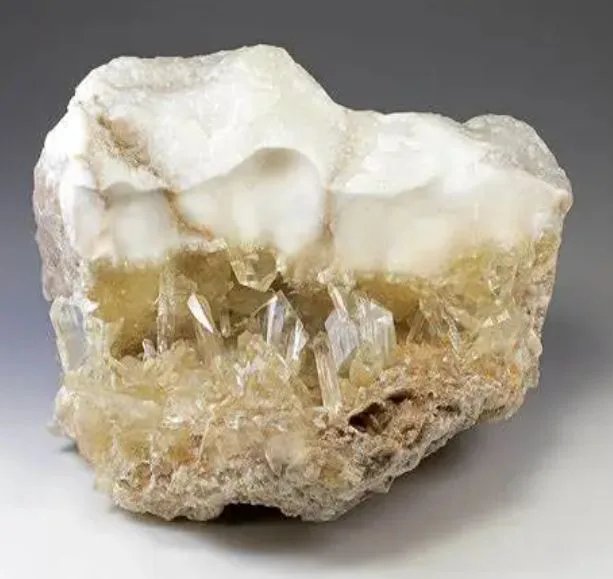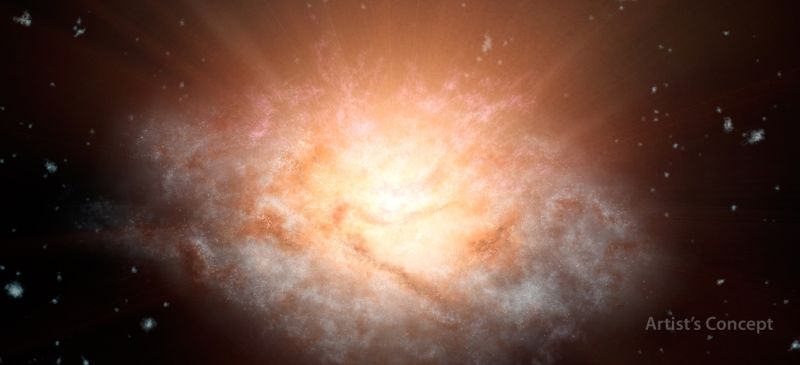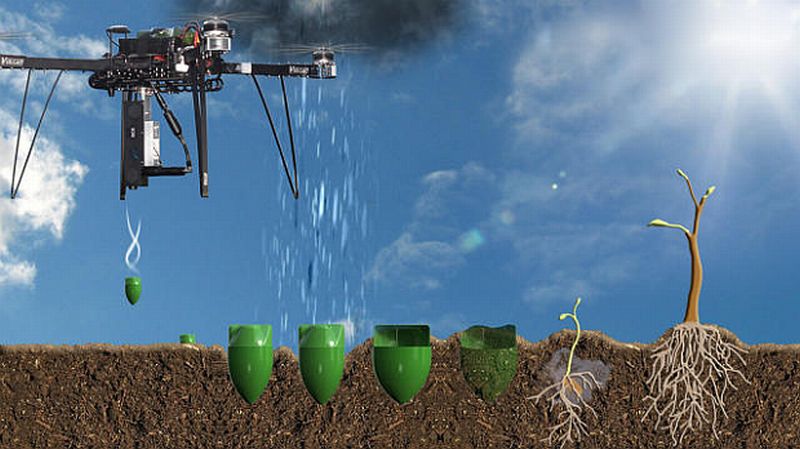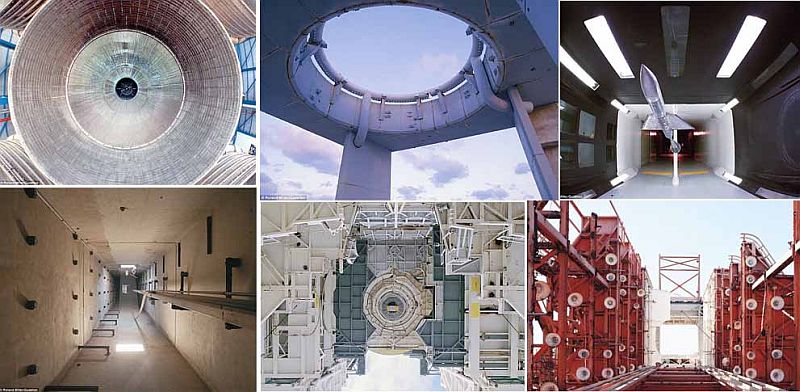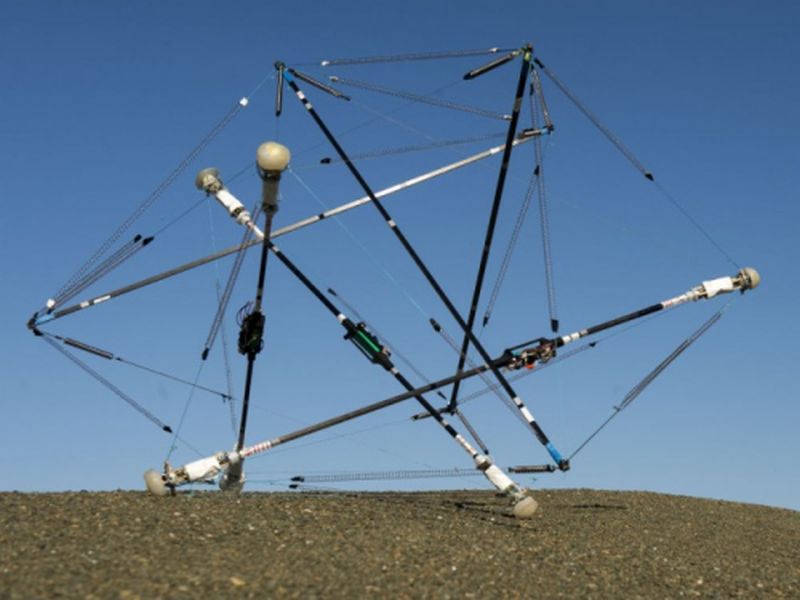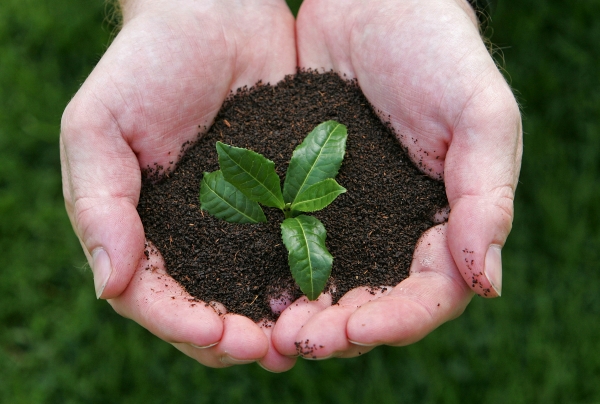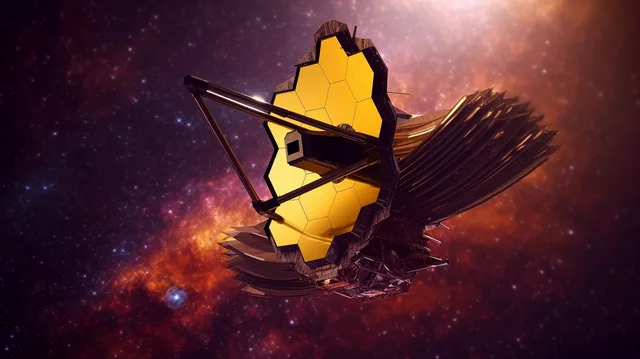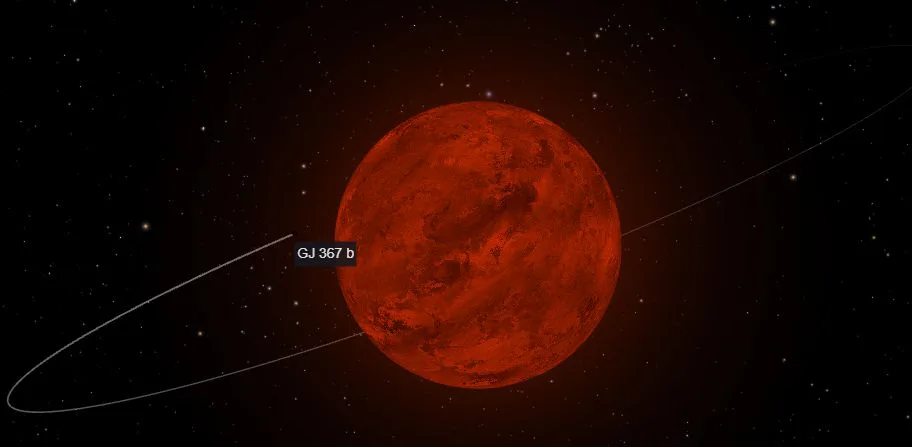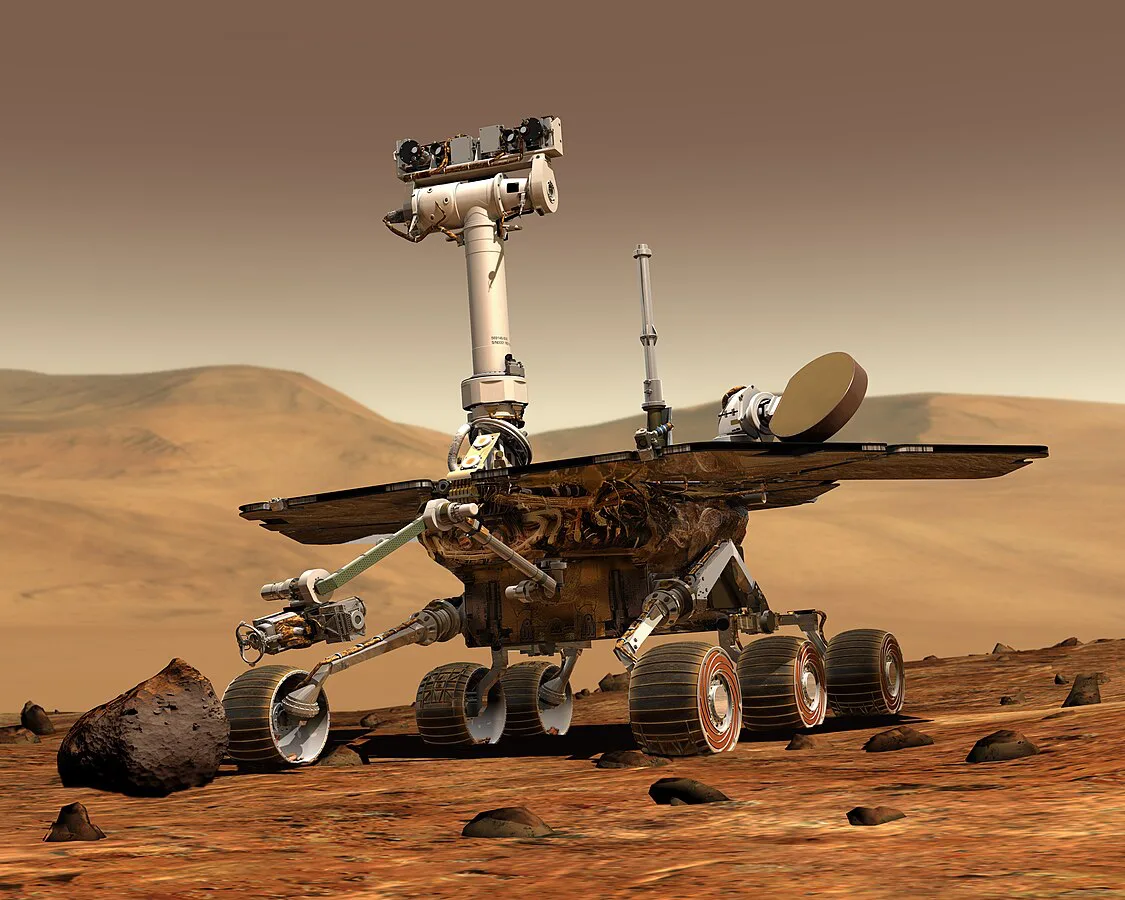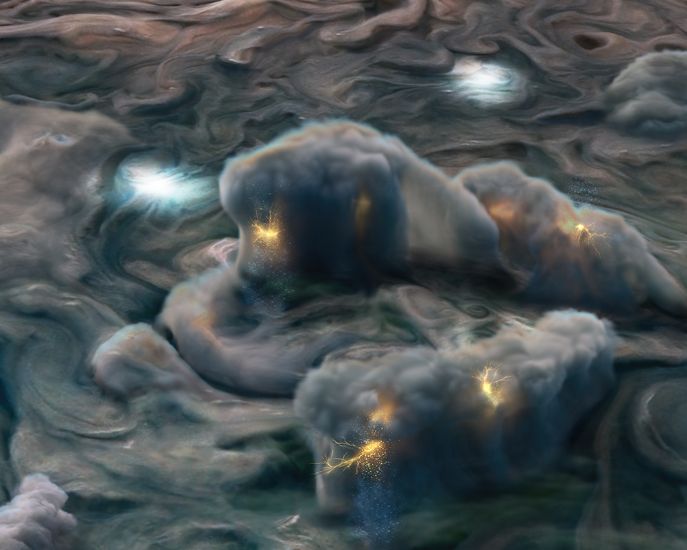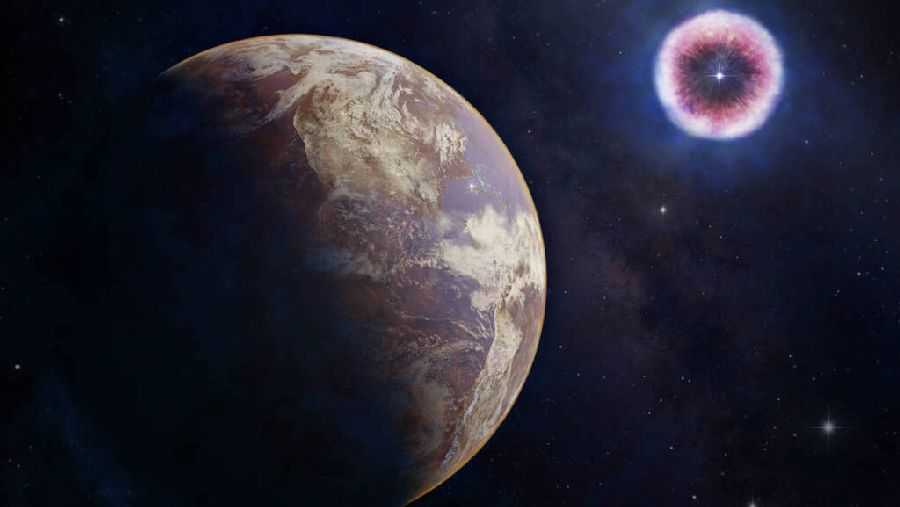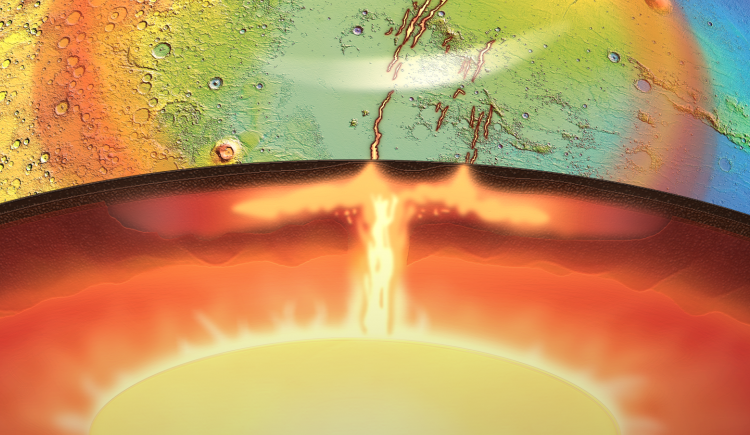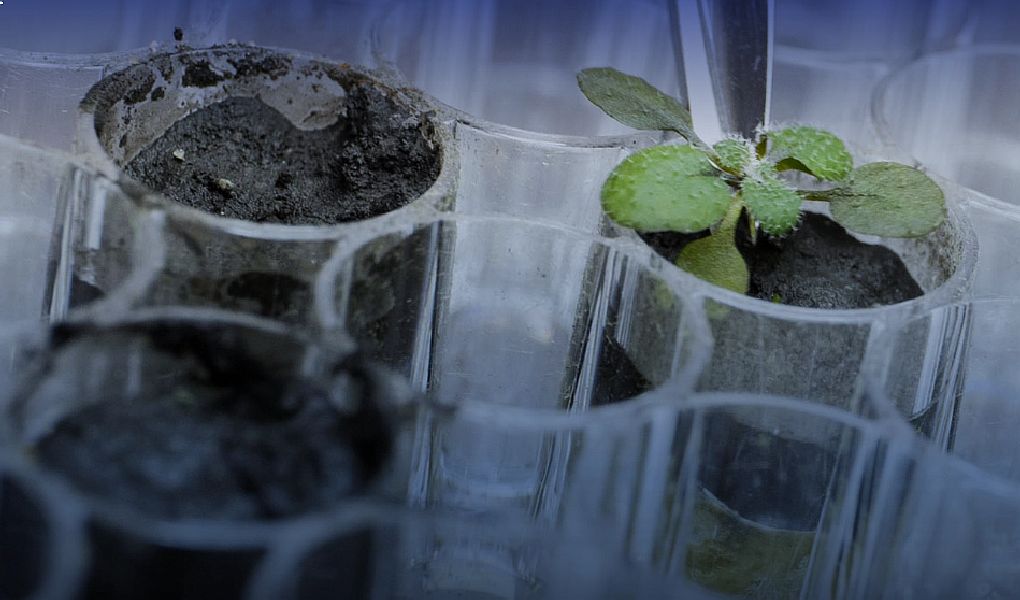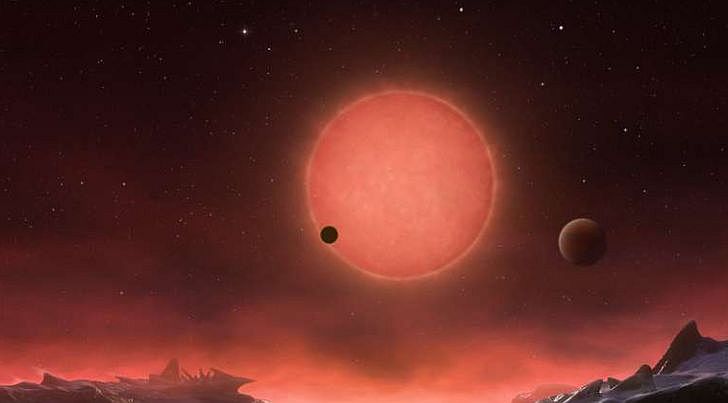Sussex researchers just unveiled the game-changing power of Martian nanomaterials! Dr. Conor Boland, the materials physics maestro at Sussex, along with his team investigated the potential of nanomaterials. These materials are smaller than a human hair for Mars’s sustainable future. The same tech rocking the International Space Station and NASA’s playbook might be Mars’s ticket to eco-friendly living.
Search Results for: nasa
NASA’s WISE Spacecraft surfaces most lustrous Galaxy in Universe: Space Evolution
NASA’s WISE has surfaced a far-flung galaxy, which is supposed to be shining intensely with infrared light with an intensity of nearly 300 trillion suns. The extremely luminous infrared galaxy (ELIRGs) is one of the most luminous galaxies to be discovered till date. Space evolution Chao-Wei Tsai at NASA’s JPL claimed that they have been witnessing an enormous stage of evolution taking place across galaxy. They are assuming that the source of the intense light could be from the growing spout of the galaxy’s black hole. According to Professor Andrew…
Ex-Nasa man to build Ecosystems with One Billion Trees using Drones: Streamlining Reforestation
In an effort to solve world climatic problem, Lauren Fletcher, the founder of a drone start-up called BioCarbon Engineering, is planning to employ drones for planting seedlings across forests.
10 Photographs of NASA’s Abandoned Launch Sites: Space Program’s Forgotten History
Mr. Miller a passionate photographer journeyed across the US for a project, which required capturing stills from the abandoned NASA sites. He explored nearly 16 space launch sites including research facilities in Virginia, Florida, Alabama, Mississippi, Louisiana, Texas, Kansas, Utah, New Mexico, and California. We are indebted to Mr. Miller’s effort because of which we were able to see the photographs of various space program’s forgotten history. Many of these sites have been demolished or repurposed especially the facilities at Cape Canaveral. Since the sites are still under the jurisdiction…
A Beautiful Mind by Sylvia Nasar
Advanced mathematics coupled with severe mental illness, this is what the book, A Beautiful Mind is about. Sylvia Nasar professor of journalism at Columbia University, has done full justice in surfacing Nash’s life, his youth, college life, his work before and after he earned his doctorate and finally to his breakdown then illness and eventually his recovery. A Beautiful Mind juxtaposes sadness and the will to succeed despondency and depression.
Super Ball Bot: NASA’s Latest Space Rover
The National Aeronautics and Space Administration (NASA) keep coming up with new era robots that can be sent to space for exploration. There are certain limitations in each design such as time taking research, clumsy motions and prone to damage. Therefore, NASA is trying to design a bot that can transform the traditional way robots perform work assigned to them here on our planet or in the space. They are aiming to build a Super Ball Bot, which looks more like a motor fitted in between a mesh of rods…
Growing Plants on Moon: NASA’s Next Big Project By 2015
Researchers and scientists are always curious to find life on other planets and tries to find whether other planets could ever sustain life. NASA is trying to find an answer to one such question and is planning to grow plants on moon, with the assistance of a robot, few cameras and thousands of schoolchildren. In 2015, a group of NASA scientist named as The Lunar Plant Growth Habitat Team, along with volunteers, contractors and students will be trying to bring life on other planet, which has been never attempted so…
Astronomers Pinpoint Oldest Known Black Hole: Time-Traveling with Telescopes
Recently, astronomers have detected a super-old black hole, which is devouring its galaxy. It is dated back to the earliest black hole ever. It’s like the ultimate space buffet for the oldest black hole. Researchers at the University of Cambridge, unleashed the NASA/ESA/CSA James Webb Space Telescope (JWST) to spot this ancient black hole. The gravity well is chilling out 400 million years post-Big Bang, that is, over 13 billion years back.
New Exoplanets Discovered in GJ 367: A Cosmic Surprise
In an effort to explore the mysterious GJ 367 planetary system, an international team of astronomers embarked on a dynamic quest. Armed with the High Accuracy Radial velocity Planet Searcher (HARPS), they set out to unravel the secrets hidden in the vastness of space.
Robots making Autonomous Decisions on Extraterrestrial Missions: Learning to Learn
Rovers on Mars are constantly monitored and maneuvered by humans on Earth. However, robots on missions to Saturn or Jupiter’s moons can’t get timely commands from Earth. What if these machines could make decisions on the fly? Instead of waiting for an “order”, how about these bots making autonomous choice? Thinking on these lines of thought, researchers at the University of Illinois Urbana-Champaign came up with a cool way for these robots to decide where and how to collect terrain samples on their own.
Lightning Processes on Jupiter and Earth are Same: Lightning Dynamics
Juno is the famous space probe sent by NASA to study Jupiter. It was launched in 2011 and reached the gas giant planet in 2016. Instead of orbiting around the equator like previous missions, Juno entered a path that takes it over Jupiter’s poles. After its arrival, the space probe has been gyrating the planet in a specific orbit. With the help of special instruments on board, Juno is constantly collecting information from Jupiter’s environment. The main aim of the expedition, is to gather accurate data about the planet’s gravity…
Two super-Earths orbiting M dwarf TOI-2095: Exoplanet Diversity
Astronomers are always looking for exoplanets since it opens the door for better understanding of the formation and evolution of planetary systems beyond our own. With this aim in mind, NASA launched the Transiting Exoplanet Survey Satellite (TESS) in 2018. Primary parameter of this was to monitor the brightness of nearby stars. Till now, TESS has surveyed nearly 200,000 of the brightest stars near the sun. And so far, it has identified about 6,400 candidate exoplanets. To date, 330 of these candidates have been confirmed as exoplanets through follow-up observations…
Active Mantle Plume on Mars: Martian Geodynamic Evolution
Cumulative evidence, so far has suggested that Mars once had oceans but then lost its atmosphere and eventually died out. Unlike Earth, where shifting tectonic plates make way for dynamic interior, Mars never surfaced such processes. Hence, the astronomers concluded that nothing much happened on the red planet, at least, in the last 3 to 4 billion years. Recent observations by the scientists at the University of Arizona, however has challenged the current views of Martian geodynamic evolution. As per them, the red planet, that seems to be dead, has an…
Moon Soil Can Grow Terrestrial Plants: Tiny Lunar Garden
For the first time in human history, space scientists were able to grow plants in the soil from the moon. With the plants sprouting from the moon soil, lunar exploration seems pretty incredible. University of Florida researchers were able to prove that moon soil – also called as lunar regolith – can grow terrestrial plants. They also investigated that for the plant it wasn’t an easy journey. Nevertheless, this effort is the first step towards understanding how plants respond biologically to the Moon’s soil. This insight will surely help NASA’s…
Two Rocky Worlds Orbiting M Dwarf Star: The HD 260655 System
Astronomers at NASA have identified two rocky alien worlds hovering around M dwarf star called HD 260655. M stars have faint glow and they look red to our eyes with temperature ranging from 2,500 Kelvin to 3,500 Kelvin. These stars account for nearly 75% of the stars in our stellar neighborhood, which implies they can be easily observed from Earth due to its abundance. As per Transiting Exoplanet Survey Satellite (TESS), the newly discovered exoplanets are about two times more massive than the Earth.

